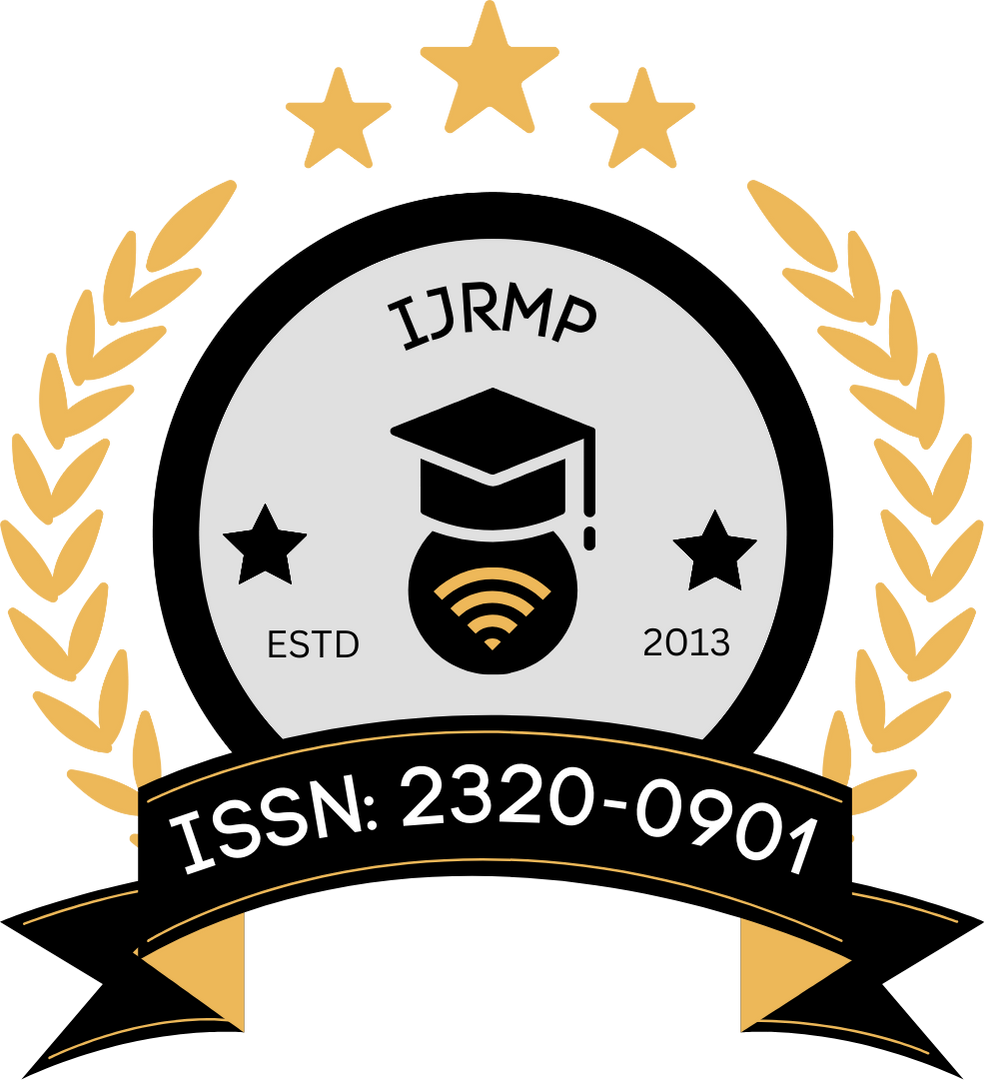![]()
Naveen Chandra
Independent Researcher
Karnataka, India
Abstract
Drug-resistant epilepsy (DRE) presents a significant clinical challenge, affecting approximately one-third of individuals diagnosed with epilepsy. Despite advances in pharmacological interventions and surgical techniques, a substantial subset of patients remains unresponsive to conventional therapies. Gene therapy, with its potential to modulate genetic and cellular mechanisms underlying epileptogenesis, has emerged as a promising alternative strategy. This manuscript explores the therapeutic promise of gene therapy in managing DRE by examining the molecular underpinnings of refractory epilepsy and the genetic targets implicated in seizure generation and propagation. It further reviews the various vectors, delivery systems, and regulatory elements employed in gene therapy research aimed at epilepsy control. Early preclinical trials and animal model studies demonstrate potential in reducing seizure frequency and severity through gene transfer techniques that alter excitatory-inhibitory balance, neuroinflammatory responses, and neuronal ion channel expression. While human trials remain in early stages, the landscape of gene therapy for epilepsy offers a transformative shift in therapeutic paradigms, particularly for patients unresponsive to traditional modalities.
Keywords
Gene therapy, drug-resistant epilepsy, viral vectors, epileptogenesis, seizure modulation, neuroinflammation, GABAergic signaling, gene silencing, ion channels
References
- Richichi, C., Lin, E. J. D., Stefanin, D., Colella, D., Ravizza, T., Grignaschi, G., … Vezzani, A. (2004). Anticonvulsant and antiepileptogenic effects mediated by adeno-associated virus vector neuropeptide Y expression in the rat hippocampus. Journal of Neuroscience, 24(12), 3051–3059. https://doi.org/10.1523/JNEUROSCI.4056-03.2004 ncbi.nlm.nih.gov
- Wykes, R. C., Heeroma, J. H., Mantoan, L., Zheng, K., MacDonald, A. J., Deisseroth, K., … Walker, M. C. (2012). Optogenetic and potassium-channel gene therapy in a rodent model of focal neocortical epilepsy. Science Translational Medicine, 4(161), 161ra152. https://doi.org/10.1126/scitranslmed.3004790 ncbi.nlm.nih.gov
- Noè, F., Pool, A. H., Nissinen, J., Gobbi, M., Bland, R., Rizzi, M., … Vezzani, A. (2008). Neuropeptide Y gene therapy decreases chronic spontaneous seizures in a rat model of temporal-lobe epilepsy. Brain, 131(6), 1506–1515. https://doi.org/10.1093/brain/awn079 ncbi.nlm.nih.gov
- Young, D., Fong, D. M., Lawlor, P. A., Wu, A., Mouravlev, A., McRae, M., … During, M. J. (2014). Adenosine kinase, glutamine synthetase and EAAT2 as gene-therapy targets for temporal-lobe epilepsy. Gene Therapy, 21(11), 1029–1040. https://doi.org/10.1038/gt.2014.82 ncbi.nlm.nih.gov
- Li, T., Ren, G., Lusardi, T., Wilcox, K. S., & Boison, D. (2008). Adenosine kinase is a target for the prediction and prevention of epileptogenesis in mice. Journal of Clinical Investigation, 118(2), 571–582. https://doi.org/10.1172/JCI33737 org
- Haberman, R. P., Samulski, R. J., & McCown, T. J. (2003). Attenuation of seizures and neuronal death by adeno-associated virus vector galanin expression and secretion. Nature Medicine, 9(8), 1076–1080. https://doi.org/10.1038/nm901 ncbi.nlm.nih.gov
- Foti, S., Haberman, R. P., Samulski, R. J., & McCown, T. J. (2007). Adeno-associated virus-mediated expression and constitutive secretion of neuropeptide Y or NPY13-36 suppresses seizure activity in vivo. Gene Therapy, 14(21), 1534–1536. https://doi.org/10.1038/sj.gt.3303013 ncbi.nlm.nih.gov
- McCown, T. J. (2006). Adeno-associated virus-mediated expression and constitutive secretion of galanin suppresses limbic seizure activity in vivo. Molecular Therapy, 14(1), 63–68. https://doi.org/10.1016/j.ymthe.2006.04.004 ncbi.nlm.nih.gov
- Lin, E. J. D., Richichi, C., Young, D., Baer, K., Vezzani, A., & During, M. J. (2003). Recombinant adeno-associated virus-mediated expression of galanin in rat hippocampus suppresses seizure development. European Journal of Neuroscience, 18(7), 2087–2092. https://doi.org/10.1046/j.1460-9568.2003.02926.x ncbi.nlm.nih.gov
- Theofilas, P., Brar, S., Stewart, K. A., Shen, H. Y., Sandau, U. S., Poulsen, D., & Boison, D. (2011). Adenosine kinase as a target for therapeutic antisense strategies in epilepsy. Epilepsia, 52(3), 589–601. https://doi.org/10.1111/j.1528-1167.2010.02947.x
